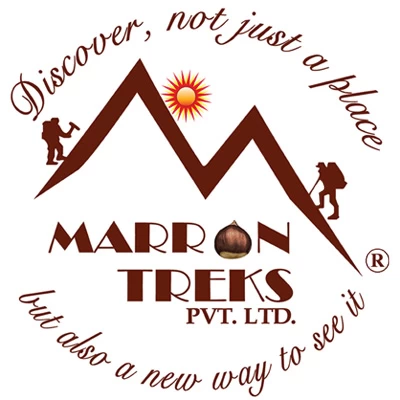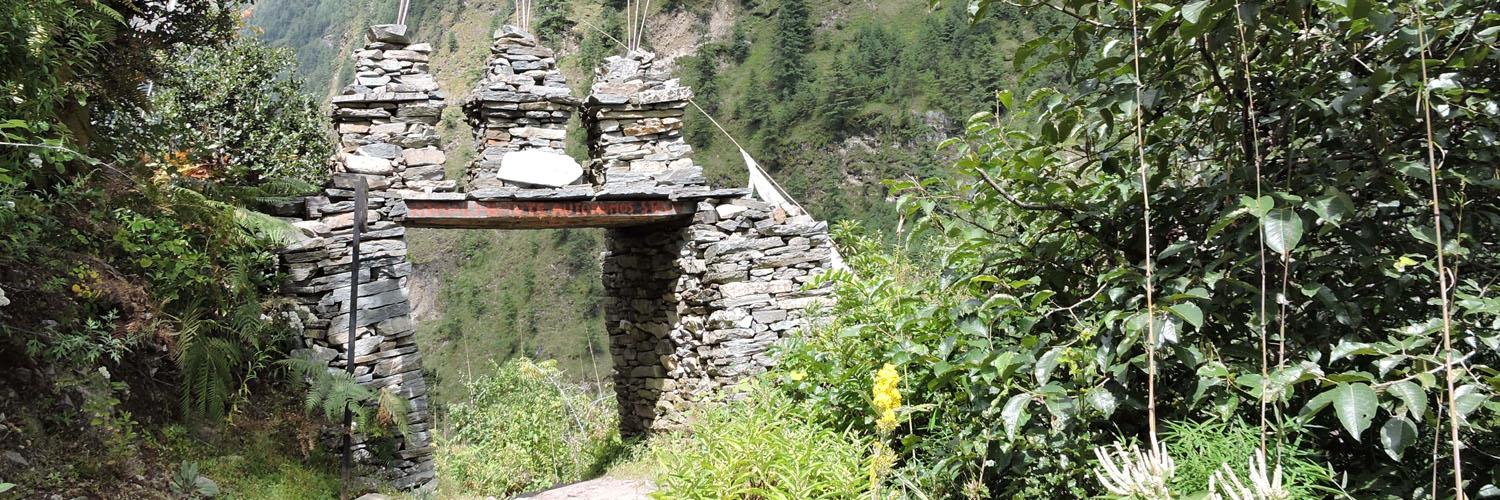1. What is the Tsum Valley Trek?
The Tsum Valley Trek is a remote and culturally rich trekking route in the northern part of the Gorkha district in Nepal. It takes you through the sacred Tsum Valley, also known as the “Hidden Valley,” which is nestled amidst the majestic Himalayan mountains.
2. Is the Tsum Valley Trek difficult?
The Tsum Valley Trek is considered a moderate to challenging trek, suitable for trekkers with a good level of fitness. The trail involves some steep ascents and descents, and the high-altitude conditions can be physically demanding.
3. What is the best time for Tsum Valley Trek?
The best times are spring (March to May) and autumn (September to November) which offer clear skies and pleasant temperatures and spectacular mountain views.
4. Which permit is required for the Tsum Valley Trek?
The required permits for Tsum Valley are the Manaslu Conservation Area Permit (MCAP), and the Annapurna Conservation Area Permit (ACAP) since the trek routes through these conservation areas. Tsum Valley Special permit is also needed.
5. What kind of accommodation is available along the trail?
Teahouses and lodges are available along the Tsum Valley Trek route, providing basic accommodation and meals. However, since the region is relatively remote, the facilities may be more basic compared to popular trekking routes.
6. What are the highlights of the Tsum Valley Trek?
The Tsum Valley Trek offers a range of highlights, including the unique Tibetan Buddhist culture and traditions of the Tsum Valley, ancient monasteries and shortens, stunning views of the Ganesh Himal, Sringi Himal, and other peaks, and the opportunity to experience the warm hospitality of the local people.
7. Is it necessary to hire a guide for the Tsum Valley Trek?
Hiring a guide for the Tsum Valley Trek is mandatory due to the remoteness and cultural significance of the region. A guide can provide valuable insights into the local culture and traditions, navigate the trail, and ensure your safety during the trek.


